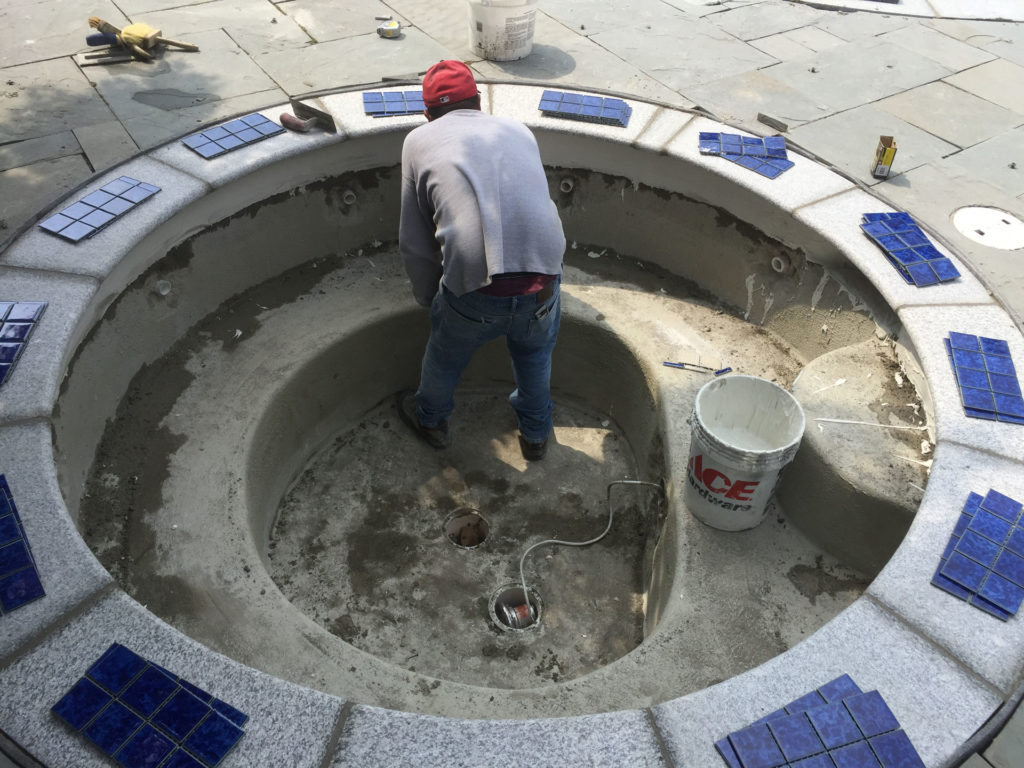Restoring a gunite pool, including installing new plaster, tile, and coping, can significantly enhance the appearance and functionality of your pool. Here’s a general overview of the process:

Excavating a swimming pool is a significant undertaking that involves several important steps to ensure a successful and safe construction process. It’s important to note that excavation for a swimming pool is a complex process that requires careful planning, adherence to local regulations, and coordination among various contractors involved in the project. It’s often best to work with experienced professionals who specialize in pool construction to ensure a successful and efficient excavation process.

Both pre-plumbing and rebar installation are critical steps in the construction of a pool, laying the groundwork for a structurally sound and properly functioning pool. It’s important to ensure that both processes are carried out according to local building codes and industry best practices to ensure the safety and longevity of the pool. Gunite Restoration are experts in proper rebar installation.

Gunite Restoration are experts in the application of Gunite and Shotcrete. Once the framework is in place, the gunite mixture is pneumatically applied using a high-pressure hose and a special spraying gun. The gunite is sprayed onto the framework in layers, gradually building up the thickness of the pool shell of whatever shape the pool will be. This is extremely important step only to be trusted to true craftsmen like the crews of Gunite Restoration.



Coping is the material that caps the pool shell wall. It serves both a practical and aesthetic purpose. There are various materials for coping, including natural stone, concrete, or brick. Choose a material that complements your pool’s design and surroundings.

The curing process for a gunite pool shell is a critical step in the construction of a durable and long-lasting pool. Gunite is a mixture of cement, sand, and water that is sprayed onto a framework of rebar or steel reinforcing rods to create a strong, solid pool shell. Proper curing is essential to ensure that the gunite achieves its maximum strength and durability.

Pool Plumbing would be the next step while the shell is curing. Pool Plumbing should be pressurized once all the plumbing is installed to ensure no leaks in the plumbing. This pressurization should be kept in the system while the pool gets backfilled and graded for pool decking.

It’s important to note that pool tile and coping installation can be a complex process, and it’s often best to hire professionals with experience in this type of work to ensure a high-quality result such as the crews from Gunite Restoration. Additionally, local building codes and regulations should be followed to ensure the safety and compliance of the installation.
